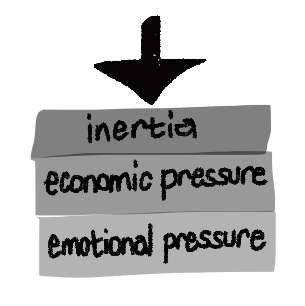Motivators to magnify
We recently came across an interesting HBR article How Company Culture Shapes Employee Motivation. The article outlines a comprehensive review of the vast landscape of academic research into the key motivators that drive organisational performance.
In essence the study identifies 3 key motivators that increase performance and 3 de-motivators that hurt organisational performance.
The 3 key motivators are described as:
- Play – where people are motivated by the work itself because they enjoy it and find it intrinsically interesting. This is very similar to the ideas of ‘flow’ and ‘engagement’ we often discuss where people get ‘lost’ in their work.
- Purpose – where people believe in the work they are doing and the impact it is having. This finding is in strong alignment with the work of Teresa Amabile where she states the importance of people feeling like they are making progress in meaningful work.
- Potential – where the work develops people’s potential i.e. they feel like they are learning, growing and developing.

So, in plain language, people will be really motivated where they enjoy what they are doing, believe in what they are doing and are growing their skills along the way. No surprises here! The question for leaders, however, is: Am I proactively creating these motivational conditions?
On the other side of the coin the 3 key de-motivators are described as:
- Emotional pressure – where people feel an external ’emotional threat’ to perform that generates a feeling of fear, peer pressure, guilt etc.
- Economic pressure – where people feel an external pressure to gain a reward or avoid a punishment.
- Inertia – where people have no connection to the meaning or ‘why’ of their work. People are just going through the motions.

So, again in plain language people will be de-motivated when they are undertaking work that is not driven by an intrinsic belief of its worthiness but rather only to satisfy external factors. As stated in the article: Why we work determines how well we work.
Click here to access the link to the original article.
